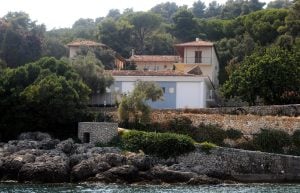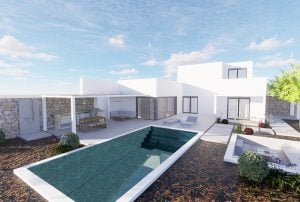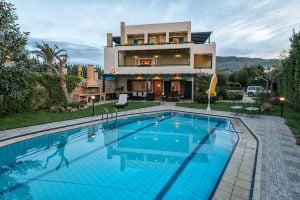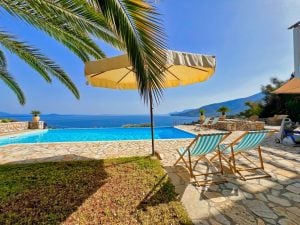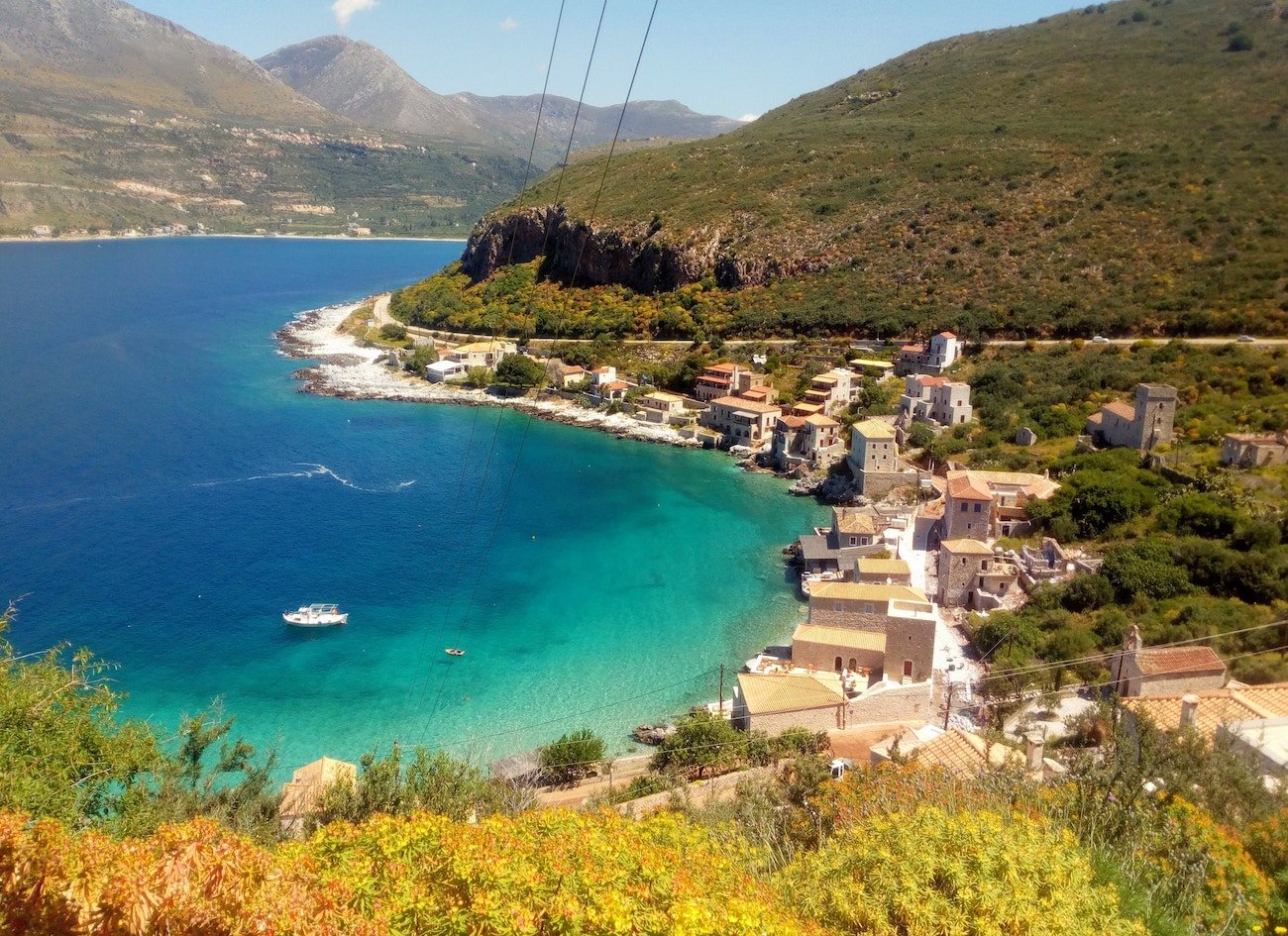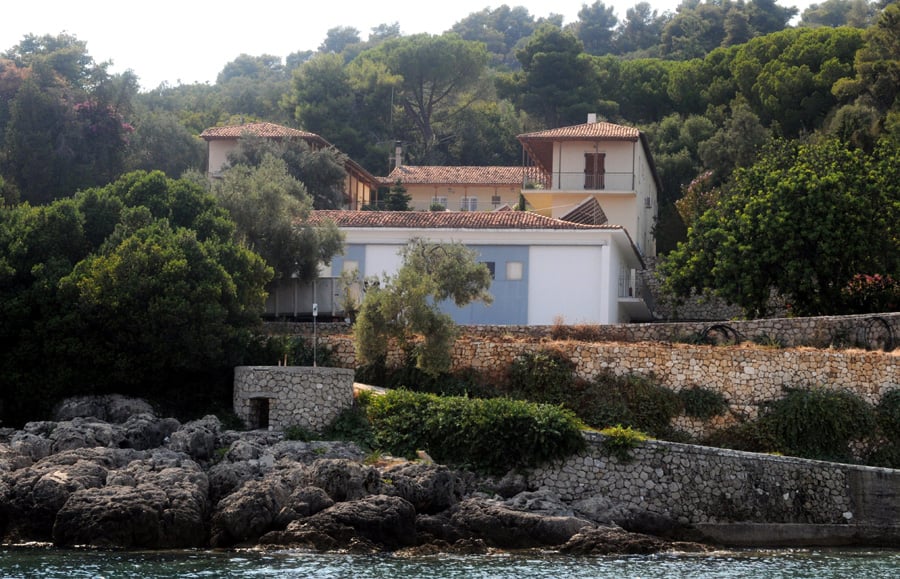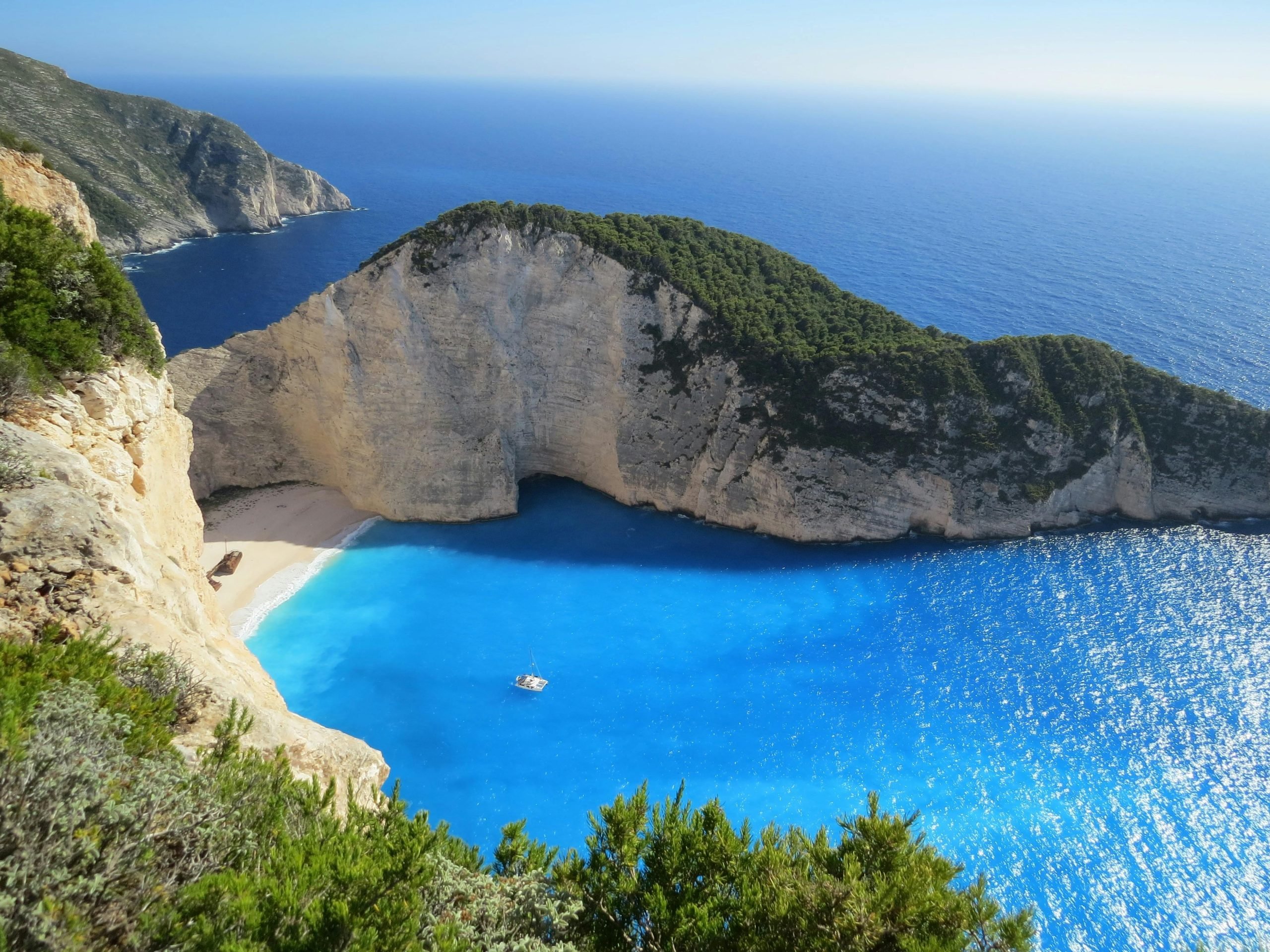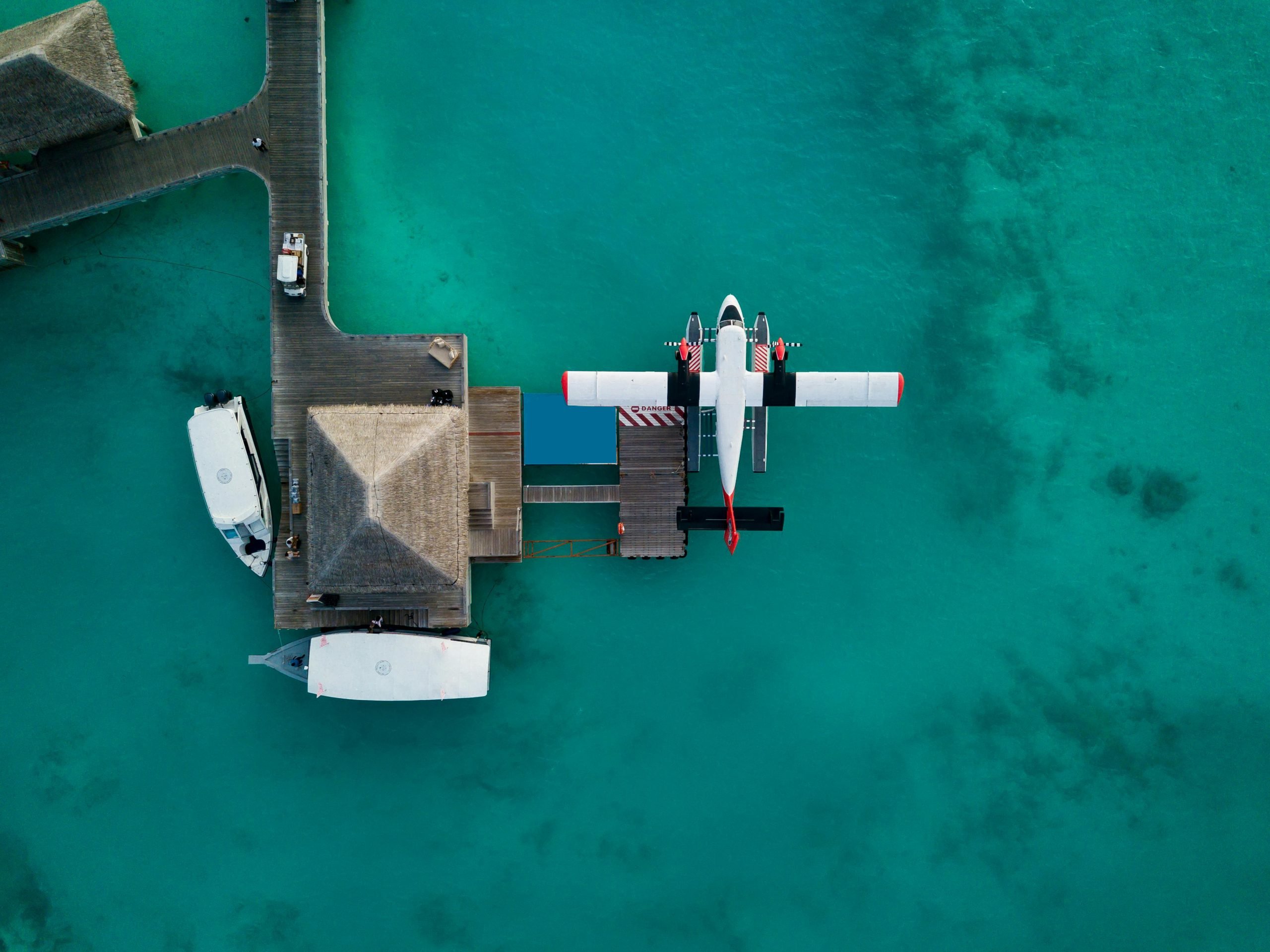The island of Ikaria is known for its stunning scenery, slow pace of life, and relaxing beaches. You may know it for its famous Ikarian summer Panegiri (feast day) to the Virgin Mary, in which thousands gather in the island’s villages to celebrate for over 3 days. But in centuries past, despite its rugged beauty, it was a place that struggled for survival.

Pirates Arrive in Ikaria
The island’s location made it a prime target for pirates starting in the 1st Century BCE. The island changed hands between the Romans (3rd century BCE to 5th Century CE), the Byzantines (5th to 12th centuries CE), the Genoese (14th century), and eventually the Ottomans. As a result, they never had the chance to properly fortify themselves against attackers.
Historically, Ikaria was an ideal location for pillaging. It was known for its excellent Pramnian wine, olives, and honey. Pirates would routinely stop by to pilfer the island of its fruits. Ikarians became so desperate that they destroyed their own port to deter attackers.
The Ottoman rulers were the biggest culprits of encouraging attack – they allowed buccaneering as a way of discouraging sea trade with other states.
The Ikarians made up their mind: it was time to move.
Living Under a Rock, Literally

When even that didn’t work, locals took drastic measures: they moved inland. The interior of the island is notoriously rocky, with difficult-to-traverse terrain and steep inclines.
There, the Ikarians found the solution to their age-old problem. Massive boulders dotted the landscape and could be used as a foundation for homes. The boulder would typically offer at least some part of the house (for example, 2 walls), and the rest of the dwelling would be built by hand.
The homes were simple and squat, featuring not more than a door and a hearth. They would spend most of their time outdoors anyhow.
Century of Obscurity
The beauty of these homes is that they cannot be seen from the beach or from the waters below. Effectively, they were playing hide and seek.
The start of the Ottoman rule signaled a permanent move of the villagers to the Aetheras range on Ikaria island, where they would stay for 300 years is what is called the “century of obscurity.”
Traditionally, one would build on the landward side of the boulder, so that they could not be seen from the sea. Locals moved around only at night, to avoid being sighted.

The large boulders often had a large distance between them, meaning that communities were dispersed. If pirates did make it to the mountains, it would be hard for everyone to be discovered.
Additionally, because the walls were thick, the inside stayed cool in the summer and held heat in the cold winter months.
Ikaria’s Stone Homes today
Today, these homes are mostly deserted. According to the locals, one man still lives there permanently because his family never left.
Most of the other dwellings are either used as storage or as cellars for wine.



